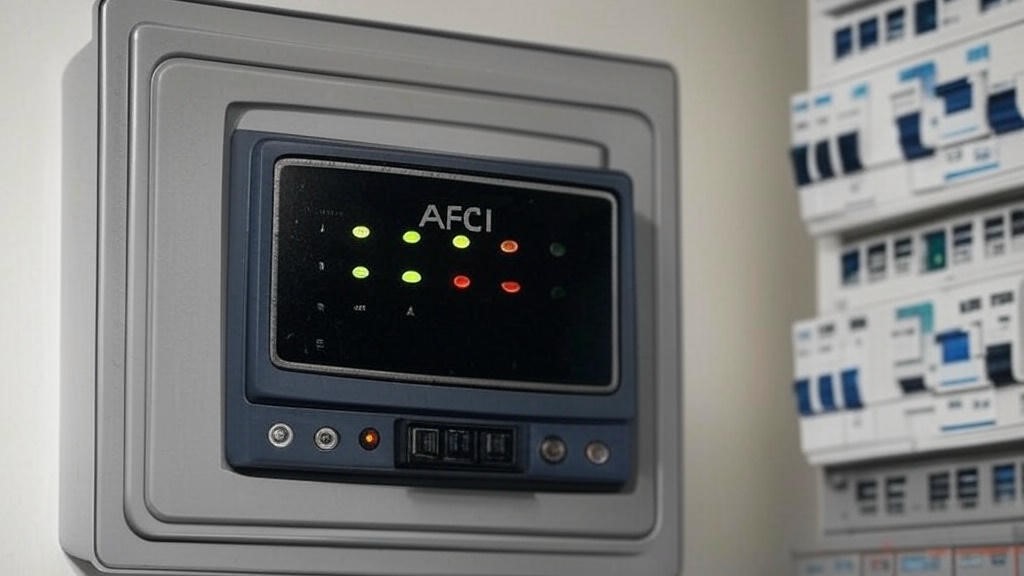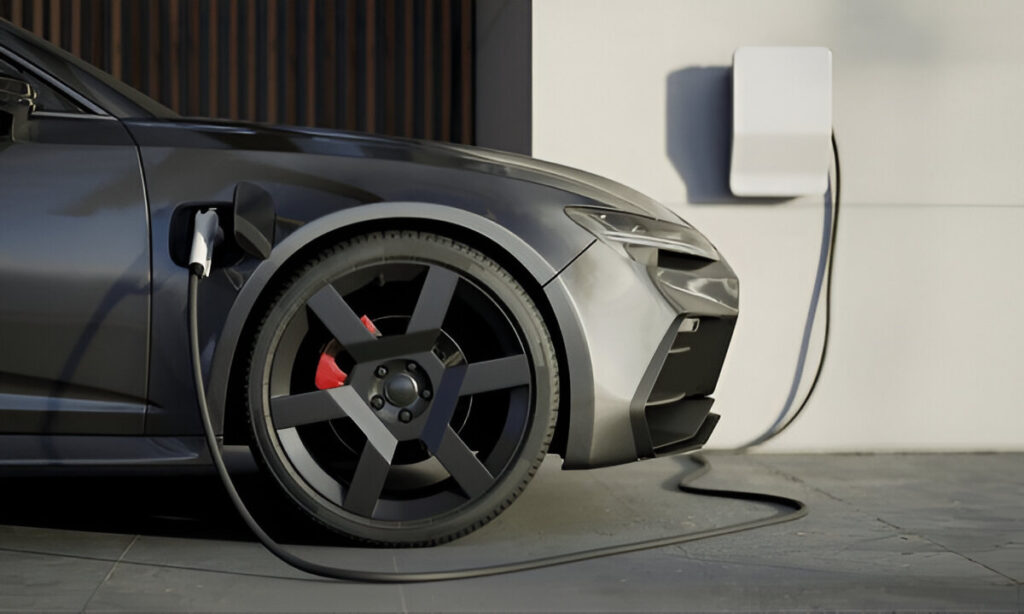Introduction: Protecting Your Home with the Right Devices
Home electrical systems are far more complex today than they were just a decade ago. With the rise of modern appliances, smart devices, and outdoor setups, the need for proper electrical protection has never been more important. While many homeowners are familiar with outdoor GFCI outlet protection, fewer understand the role of Arc Fault Circuit Interrupters (AFCIs)—which are designed to detect and stop electrical arcs that could lead to fires.
This blog explores how AFCIs work, how they differ from GFCIs, and why combining both—especially through outdoor GFCI outlet installations—is the key to a safer, code-compliant home.
What Is an Arc Fault Circuit Interrupter (AFCI)?
An AFCI is a type of breaker or outlet designed to detect unintended electrical arcs—small sparks caused by damaged wiring, loose connections, or worn-out insulation. These arcs often happen behind walls, where they can go unnoticed and eventually ignite fires.
Unlike GFCIs, which are used to prevent electric shocks from water exposure, AFCIs are specifically focused on preventing electrical fires. If you’re planning renovations or electrical repairs near me, ask your electrician whether your setup requires AFCI protection in living areas, bedrooms, and other key zones.
Why Outdoor GFCI Outlet Protection Still Matters
While AFCIs handle arc protection, outdoor GFCI outlet devices are built to trip when water or moisture interferes with your wiring. That’s why they’re required by code in areas like bathrooms, garages, kitchens, and—of course—outdoor locations. If you’re powering outdoor security lights, holiday décor, or a portable generator, you’ll need GFCI protection to prevent shocks.
And let’s not forget—moisture and arcs are not mutually exclusive. That’s why homes with outdoor GFCI outlet setups still need arc fault breakers indoors for complete safety.
AFCI vs. GFCI: What’s the Difference?
Here’s a quick breakdown of what each device protects against:
| Feature | GFCI | AFCI |
|---|---|---|
| Protects against | Electrical shock | Electrical fire |
| Typical locations | Wet areas (kitchens, bathrooms, outdoors) | Bedrooms, living rooms, hallways |
| Required by code? | Yes, in moisture-prone areas | Yes, in most living spaces |
Many homes, especially newer ones, are now required by code to have both AFCI and outdoor GFCI outlet protection installed during construction or renovation.
When Should You Upgrade?
If your home was built before the early 2000s, chances are it doesn’t include AFCIs, and your outdoor GFCI outlets may be outdated or missing altogether. Here are signs you should consider upgrading:
- You’re renovating or finishing a basement.
- You’re installing ceiling fans near me or outdoor lights.
- You notice breakers frequently trip for no clear reason.
- Your outlets feel warm or are making a buzzing sound.
In any of these situations, upgrading your panel with arc detector breakers and checking your outdoor GFCI outlet is a smart and potentially life-saving investment.
How CallW3 Can Help
At CallW3, we specialize in complete electrical safety upgrades. Whether you need a full electrical panel upgrade, new GFCI outlet installation, or want to install arc fault breakers, we make sure your home meets all safety codes and runs efficiently. We also help with electrical circuit tracing and mapping, so you always know how your home is wired.
Final Thoughts: Protect Inside and Out
Arc faults and water exposure are two of the biggest electrical hazards in any home. Protecting against both means investing in AFCIs for your living spaces and proper outdoor GFCI outlet installation around your home’s exterior.
It’s not just about compliance—it’s about peace of mind. Don’t wait for something to go wrong. Get your system checked today.





